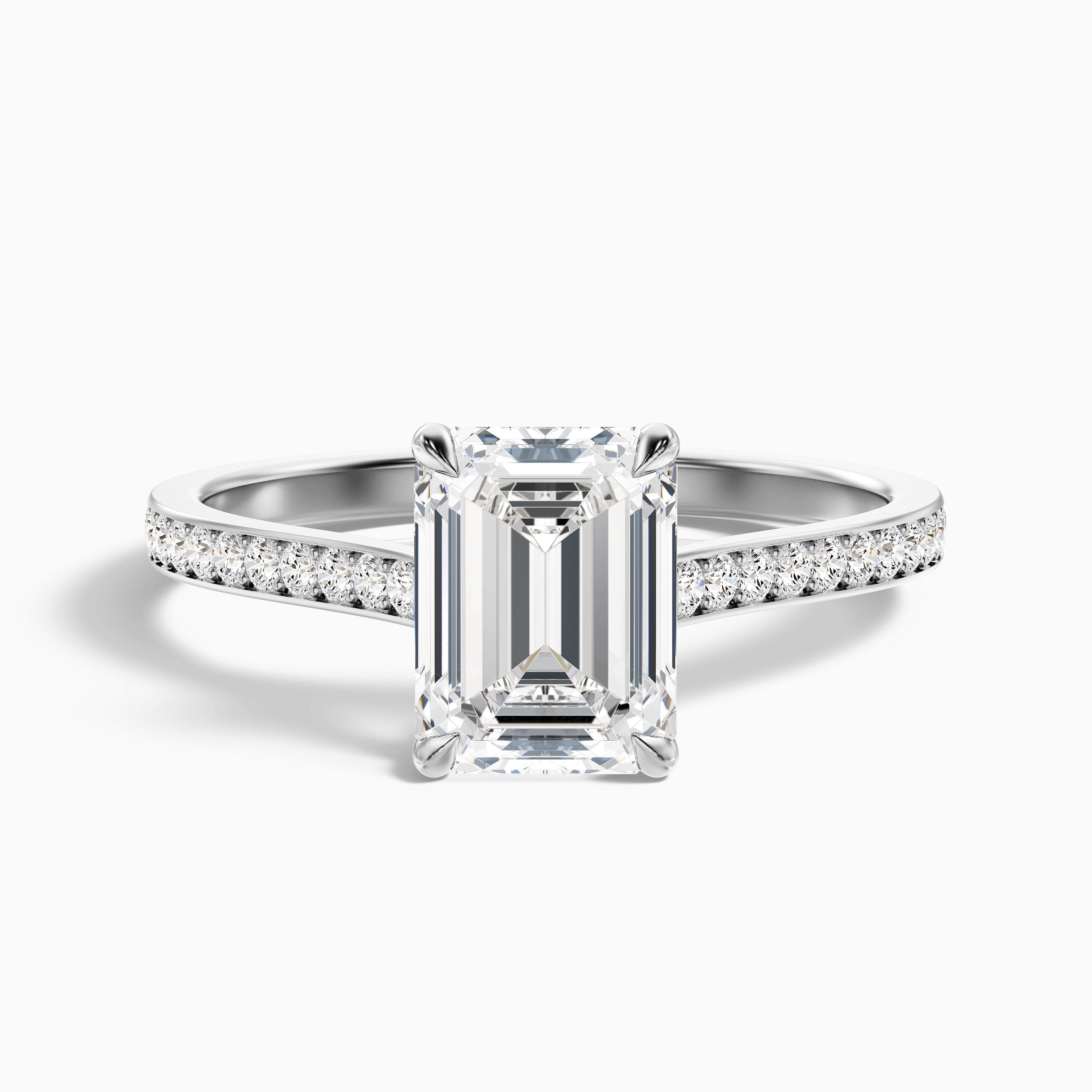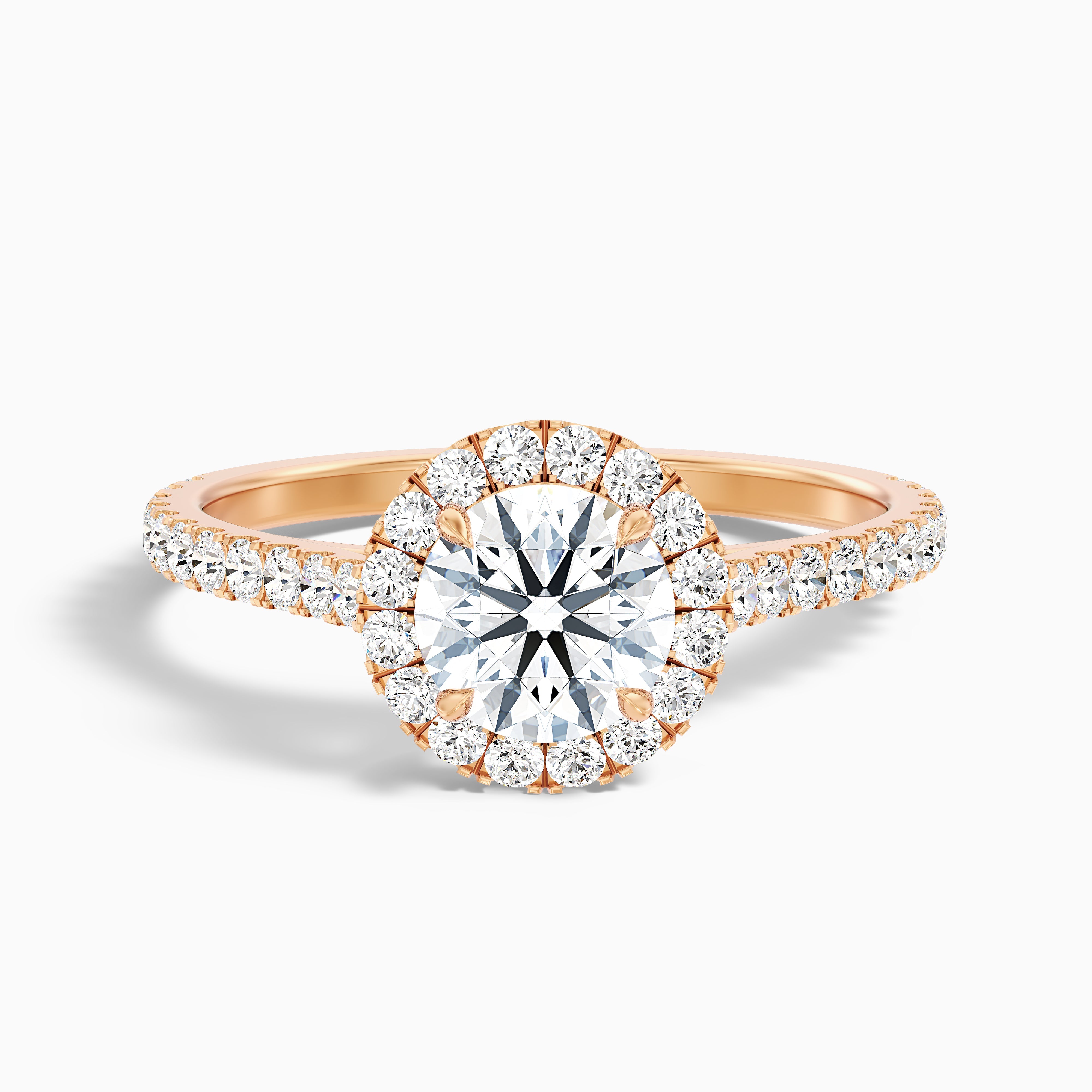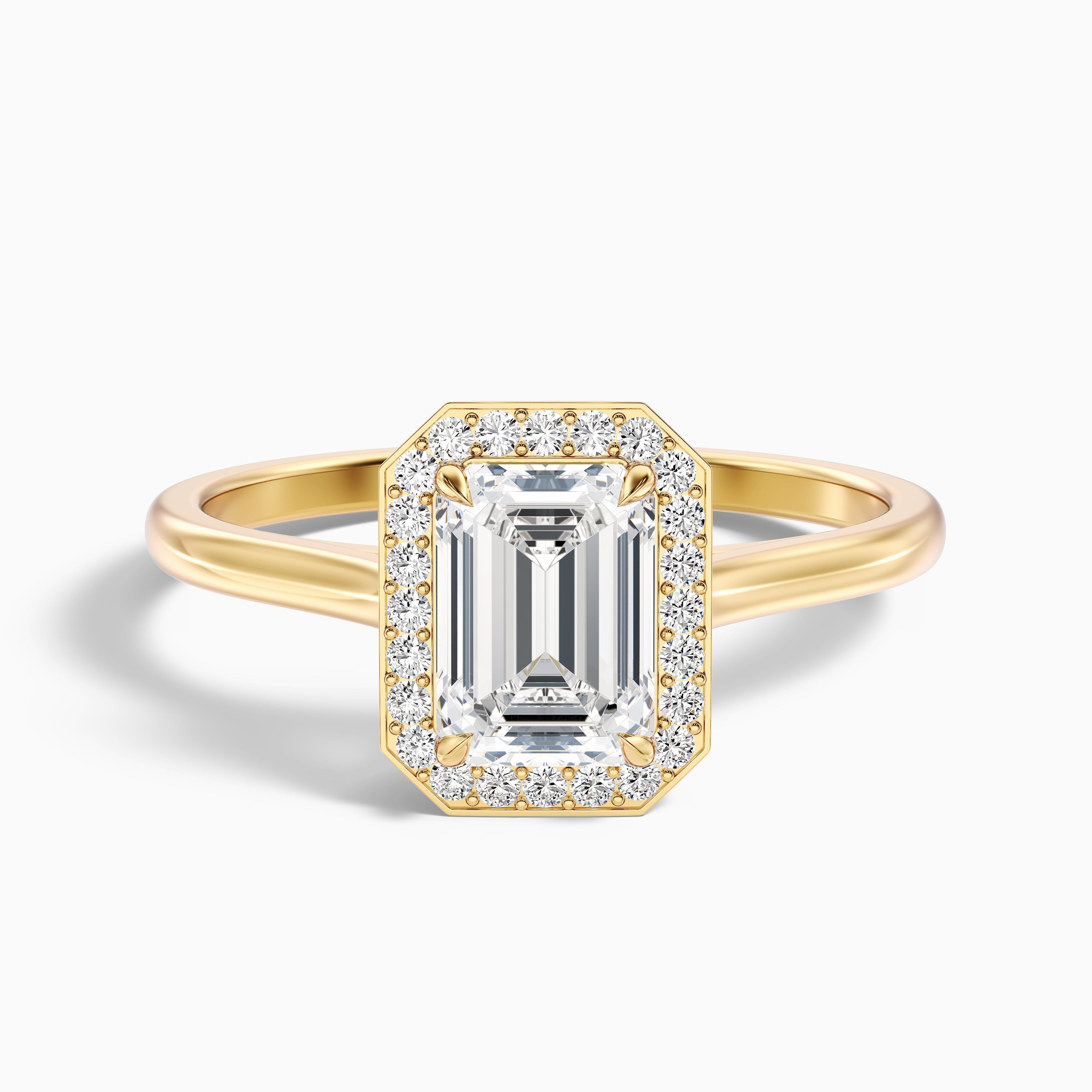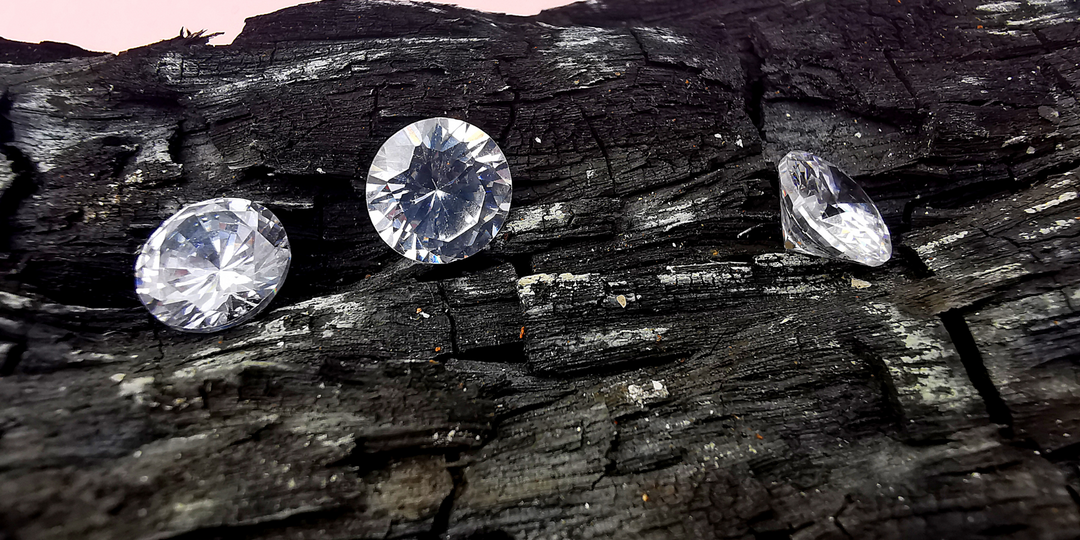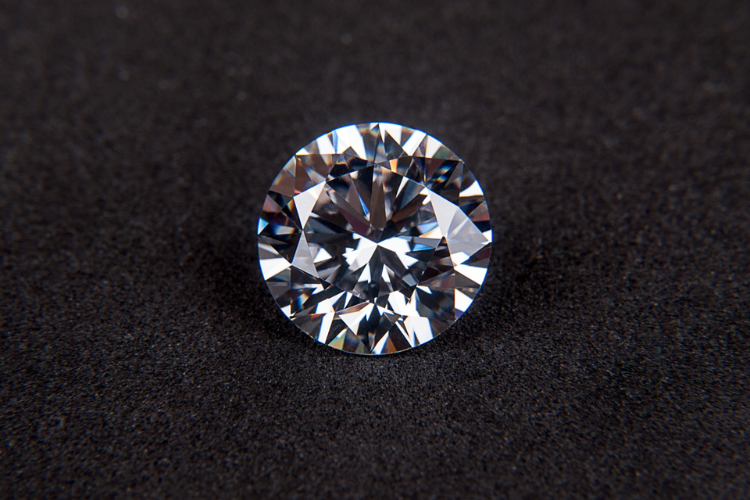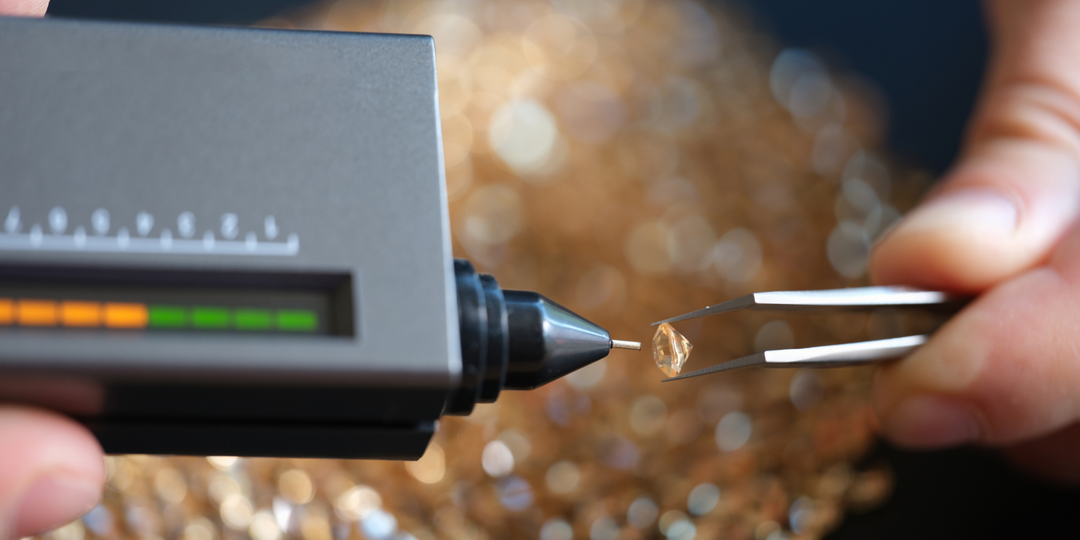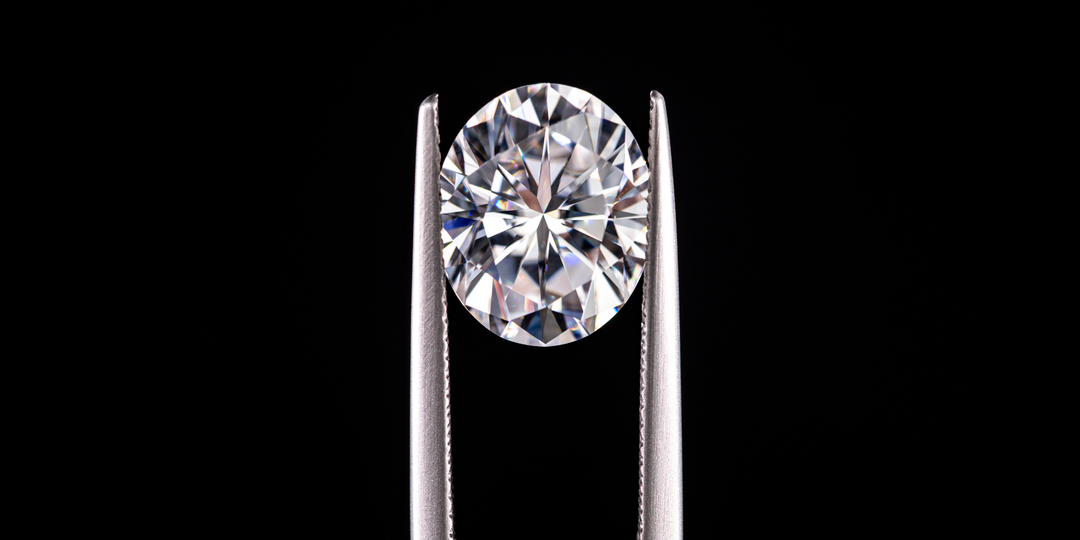Lab Grown Diamonds: Real or Fake? Testing and Insuring Explained
In today's world, lab grown diamonds are becoming an exciting option for jewelry lovers and eco-friendly shoppers alike. But how can you tell if they are real or fake? This guide will provide clarity on lab grown diamonds, how they match up to their natural counterparts, and practical steps to verify their authenticity.
What Are Lab Grown Diamonds?
Lab grown diamonds are diamonds made in a lab not mined from the earth. They have the same chemical, physical and optical properties as natural diamonds so each lab grown diamond is virtually indistinguishable from a natural diamond. They are made using advanced technology that mimics the conditions under which natural diamonds form beneath the earth’s crust.
Many people choose lab grown diamonds because they are more affordable and have a lower environmental impact. Unlike mined diamonds, lab grown don’t involve land disturbance and don’t have the ethical issues associated with mining. They are made using innovative methods like High Pressure High Temperature (HPHT) or Chemical Vapor Deposition (CVD).
HPHT diamonds have fewer post growth treatments and are considered better quality than CVD diamonds which may require treatments to address clarity and color issues. Both have changed the jewelry industry.
For jewelry lovers and environmentally aware consumers lab grown diamonds are a guilt free way to get the sparkle and beauty of diamonds without compromising on quality or style. With demand for sustainable options growing lab created diamonds are becoming a credible alternative to traditional diamonds.
How are Lab Grown Diamonds Made?
Lab grown diamonds are created using one of two methods: HPHT or CVD. The HPHT method involves subjecting a diamond seed to extremely high temperatures and pressures, mimicking the natural process of diamond formation. The CVD method, on the other hand, involves depositing carbon atoms onto a substrate using a chemical vapor, allowing the diamond to grow layer by layer.
Overview of the Process
The process of creating lab grown diamonds begins with the selection of a diamond seed, which is then placed in a controlled laboratory environment. The seed is subjected to either HPHT or CVD conditions, depending on the chosen method.
The diamond is then allowed to grow over several weeks or months, during which time it is carefully monitored and controlled to ensure optimal growth. Once the diamond has reached the desired size and quality, it is removed from the laboratory environment and cut and polished to reveal its brilliance.
Real or Fake: Understanding the Difference
When it comes to telling real diamonds from fake ones, you need to know that lab grown diamonds are real diamonds. They have the same physical, chemical and optical properties as natural ones so you can’t tell them apart without some fancy tools.
Fake diamonds like cubic zirconia or moissanite are diamond simulants and are quite different in their makeup. To spot a lab grown diamond, check for laser inscriptions on the girdle; they often have the lab’s initials and a unique report number.
And professional gemologists can use tests like spectroscopy or magnetic testing to tell the difference between lab grown and natural diamonds. Just remember, lab grown diamonds are real, but fake ones are just imitations and don’t have the same durability or brilliance.
Read More: Cubic Zirconia Vs Lab Diamond: Key Differences
Lab Diamonds vs. Natural Diamonds
Key Differences
While lab grown diamonds and natural diamonds share many similarities, there are some key differences between the two. One of the main differences is the origin of the diamond. Natural diamonds are mined from the earth, while lab grown diamonds are created in a laboratory. Another difference is the age of the diamond.
Natural diamonds are billions of years old, while lab grown diamonds are created in a matter of weeks or months. Additionally, lab grown diamonds may have slightly different inclusions or imperfections than natural diamonds, although these differences are often imperceptible to the naked eye.
How to Test Lab Grown Diamonds
Testing lab grown diamonds involves a few interesting methods to make sure they’re the real deal and not confused with natural ones. Do lab grown diamonds test real? Here’s a quick rundown:
Lab created diamonds test the same as natural diamonds because they share identical physical and chemical characteristics. According to the Gemological Institute of America, lab created diamonds are officially recognized as real diamonds. Advanced testing methods cannot distinguish between lab grown and mined diamonds. Ultimately, lab-created diamonds do indeed test as real diamonds due to their authentic nature and identical composition.
Diamond Testing Tools
- Thermal Conductivity Tests: The classic diamond testers check thermal conductivity, and both natural and lab grown diamonds test as real here, so this test alone won’t tell them apart.
- Electrical Conductivity Tests: Some fancy testers look at electrical conductivity. Natural diamonds typically don’t conduct electricity, but some lab grown ones, especially those made with the HPHT method, might.
How Lab Grown Diamonds Pass Traditional Tests
Lab grown diamonds are pretty much the same as natural ones when it comes to physical and chemical properties, so they breeze through basic thermal and electrical tests, making the lab grown diamonds test essential for authenticity. That’s why we need some more special techniques.
Specialized Tools for Distinguishing Lab Grown Diamonds
- UV Fluorescence: Lab grown diamonds often exhibit different fluorescence patterns under UV light compared to natural diamonds. This method can help identify lab grown diamonds but is not foolproof.
- Phosphorescence: Some lab grown diamonds, especially those made using the HPHT method, have a cool feature called phosphorescence. They can glow for a bit after you turn off the ultraviolet (UV) light. This happens because the UV light gets the electrons in the diamond all excited, and when they chill back down, they release energy as visible light, giving off a short-lived glow in the dark.
- Spectroscopy: Advanced spectroscopic techniques, like photoluminescence spectroscopy, are great tools for spotting what makes lab grown diamonds unique. By analyzing the light these diamonds emit when hit by a laser, these methods uncover subtle differences in their crystal structures and impurities compared to natural diamonds. This precise detection is key for telling lab grown diamonds apart, whether it's for jewelry or scientific research.
Importance of Certification
Since it can be hard to tell lab grown diamonds from natural ones they look so similar, getting certification from a reputable lab like IGI or GIA is key.
This is especially important if you’re considering a lab grown diamond engagement ring as certification proves the diamond is real and of good quality. They do a full analysis and provide a detailed report on the diamond’s origin, how it was grown and any treatments it’s had.
It also gives the buyer peace of mind knowing they’re getting what they paid for. And for future resale or insurance purposes it’s a valuable document that summarizes the diamond’s details and value.
The Insurance Process for Lab Grown Diamonds
Insuring lab grown diamonds isn’t much different from insuring a mined diamond. You can protect both from loss, theft, or damage by getting them insured. Usually, you’ll need a certificate of authenticity and an appraisal to figure out the diamond’s value.
That certificate is key for insurance because it confirms the diamond’s real and gives details about its traits, like carat weight, cut, color, and clarity. This info helps insurance companies set the right coverage by assessing the diamond’s value accurately.
When insuring lab grown diamonds, insurance providers look at a few things: the diamond’s value, carat weight, and setting. An appraisal determines the value by checking the market price and any unique features. Carat weight and setting affect the overall value and, in turn, the insurance premium.
The cost of insuring a lab grown diamond ring is usually less than a natural one since lab grown diamonds often cost less. But the exact insurance cost depends on the diamond’s value, the coverage amount, and the rates set by the insurance provider.
Factors Affecting Insurance Value
The 4Cs (Cut, Carat, Clarity, Color): The 4Cs are crucial in determining the value of lab grown diamonds, just as they are for natural diamonds.
- Cut: A well-cut diamond reflects light beautifully, enhancing its brilliance and value.
- Carat: Larger diamonds are rarer and more valuable, making carat weight a significant factor.
- Clarity: Fewer inclusions and blemishes increase a diamond’s value.
- Color: Diamonds closer to being colorless are more valuable.
Depreciation: Lab grown diamonds generally have a lower resale value compared to natural diamonds. This is due to their lower market demand and the perception that they are less rare. Over time, the value of lab grown diamonds may depreciate more quickly than that of natural diamonds. This affects their insurance value, as insurers consider potential resale value when determining coverage.
Importance of Appraisals: Getting an appraisal for your lab grown diamonds is a must when it comes to insurance. A professional appraisal gives you a detailed rundown of the diamond's characteristics and an estimated replacement value. This way, your insurance coverage truly matches what your diamond is worth. It's a good idea to have appraisals done regularly to keep the insurance value current, especially as market conditions shift.
Ensuring your lab grown diamond is properly appraised and insured provides peace of mind, protecting your investment against loss, theft, or damage.
Working with Reputable Jewelers and Insurers
When choosing a jeweler for lab grown diamonds, make sure they are reputable and have certification, since lab grown diamonds test as real. Look for ones who have diamonds certified by big gem labs like IGI or GIA.
These certifications tell you the quality and authenticity of the diamond, covering cut, color, clarity and carat weight. Also check if the jeweler is transparent about where they get their diamonds and how they make them. Good jewelers will explain the growth method, CVD or HPHT, and any treatments done after.
At CaratBee we are lab grown diamond specialists, we test each diamond rigorously to verify its quality and authenticity. We use advanced gemological equipment to check our diamonds to high standards before certification. This process builds trust and confidence in our products.
When it comes to insurance, choose providers who understand the lab grown diamond and offer full coverage. So your investment is protected against loss, theft or damage.
Conclusion
Lab grown diamonds are a great option if you're looking for something sustainable and affordable without losing the sparkle and strength of natural diamonds. It’s important to know how they're made, how to check if they're real, and how to insure them, so you can make smart choices.
If you're curious about lab grown diamonds, talking to savvy jewelers like CaratBee and insurers can boost your buying experience. With some know-how and the right resources, you can enjoy the brilliance of lab grown diamonds, knowing they fit your values and lifestyle perfectly.




